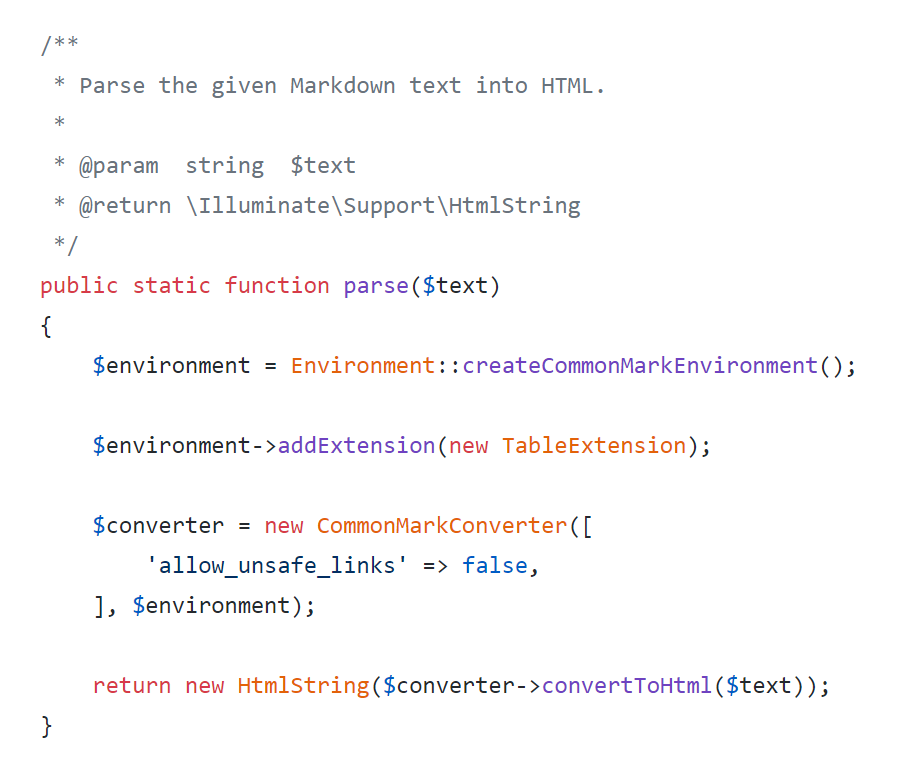
A folder created in storage/app folder, with ID of that “media” record. 
 New DB record stored in “media” table with filename and relationship to that $import object. The result of that Eloquent query is $import object, and that’s where Laravel MediaLibrary comes handy – in one line of code we can store the file into a folder, and also assign that file to that $import object: $file = $import->addMediaFromRequest('import_file') Soon I will show you why that “original” is important. So we store the original filename, whatever it is, like “dummy import test.csv” or something like that. This package is probably the most popular for file uploads in Laravel, and here’s the reason why – you can do a lot of things in a few lines of code.īut first, we need to store the record of import actually happened, and get Eloquent model object for it: $originalFile = $request->file('import_file') Read more about file validation rules in this article.Įxplanation 2. See the class UploadImportModelRequest in the parameters? It just helps us to validate that file is present and it is, in fact, CSV or TXT.Īpp/Http/Requests/UploadImportModelRequest.php: class UploadImportModelRequest extends FormRequest $reader = new \SpreadsheetReader($filename) $file = $import->addMediaFromRequest('import_file') 'filename' => $originalFile->getClientOriginalName(),
New DB record stored in “media” table with filename and relationship to that $import object. The result of that Eloquent query is $import object, and that’s where Laravel MediaLibrary comes handy – in one line of code we can store the file into a folder, and also assign that file to that $import object: $file = $import->addMediaFromRequest('import_file') Soon I will show you why that “original” is important. So we store the original filename, whatever it is, like “dummy import test.csv” or something like that. This package is probably the most popular for file uploads in Laravel, and here’s the reason why – you can do a lot of things in a few lines of code.īut first, we need to store the record of import actually happened, and get Eloquent model object for it: $originalFile = $request->file('import_file') Read more about file validation rules in this article.Įxplanation 2. See the class UploadImportModelRequest in the parameters? It just helps us to validate that file is present and it is, in fact, CSV or TXT.Īpp/Http/Requests/UploadImportModelRequest.php: class UploadImportModelRequest extends FormRequest $reader = new \SpreadsheetReader($filename) $file = $import->addMediaFromRequest('import_file') 'filename' => $originalFile->getClientOriginalName(), 
$originalFile = $request->file('import_file') Here’s the code of the Controller’s method, I will explain it bit by bit below: public function importProcess(UploadImportModelRequest $request) Also save that file and the record, which user uploaded it. Task is simple – upload CSV and parse it. Quick example of a code I had to write recently.







 0 kommentar(er)
0 kommentar(er)
